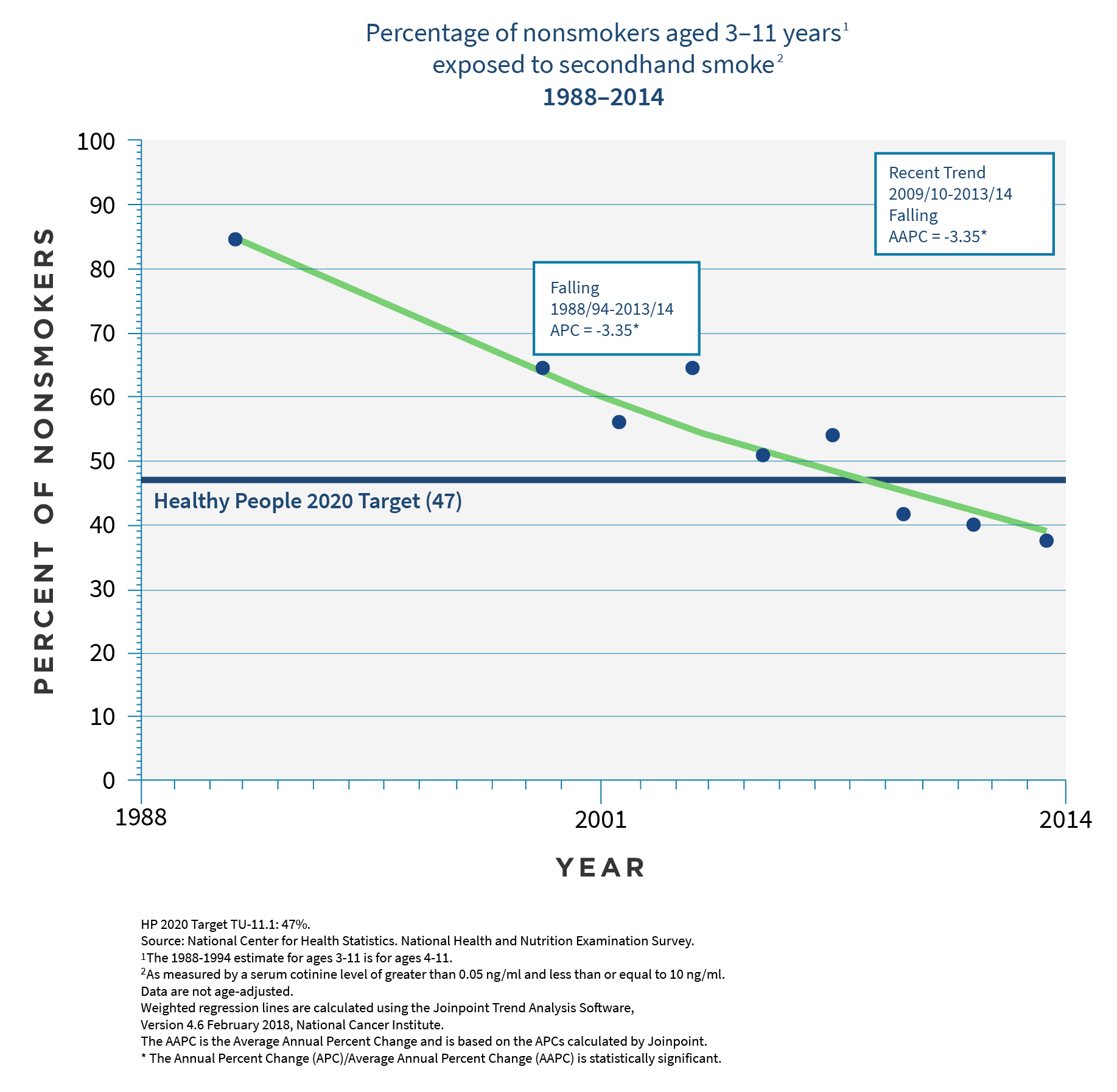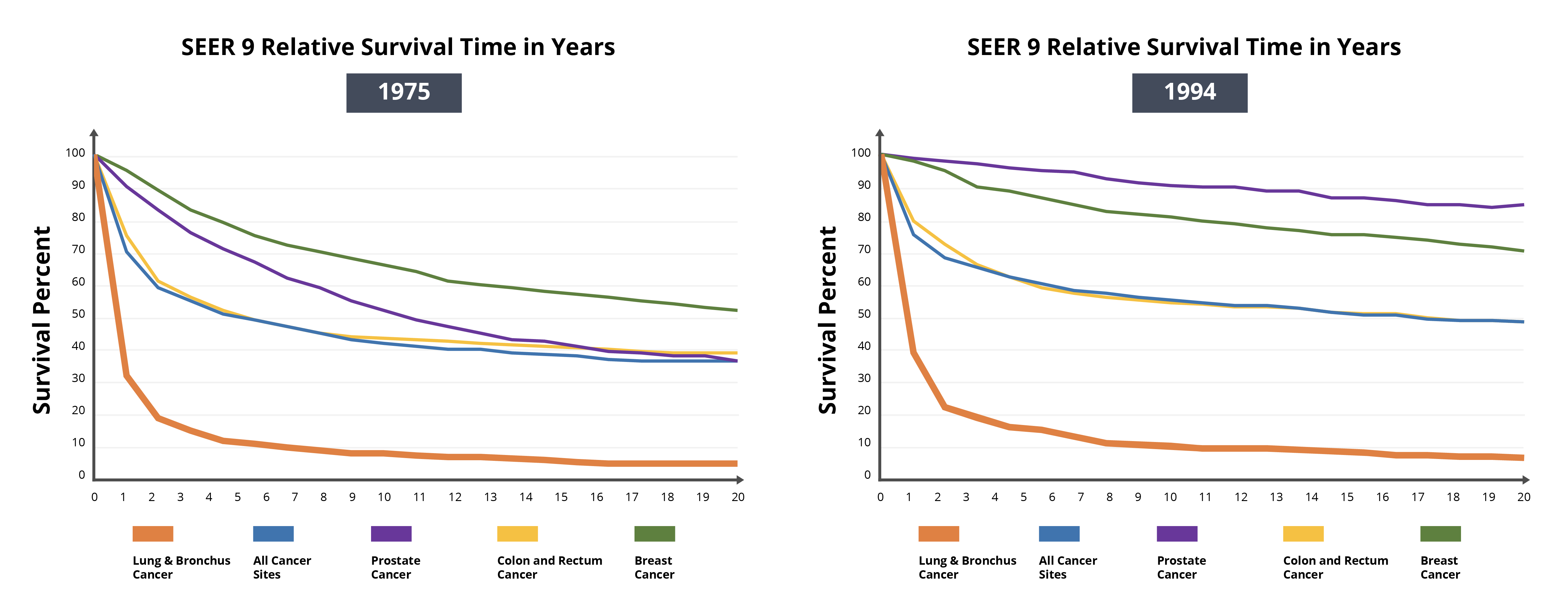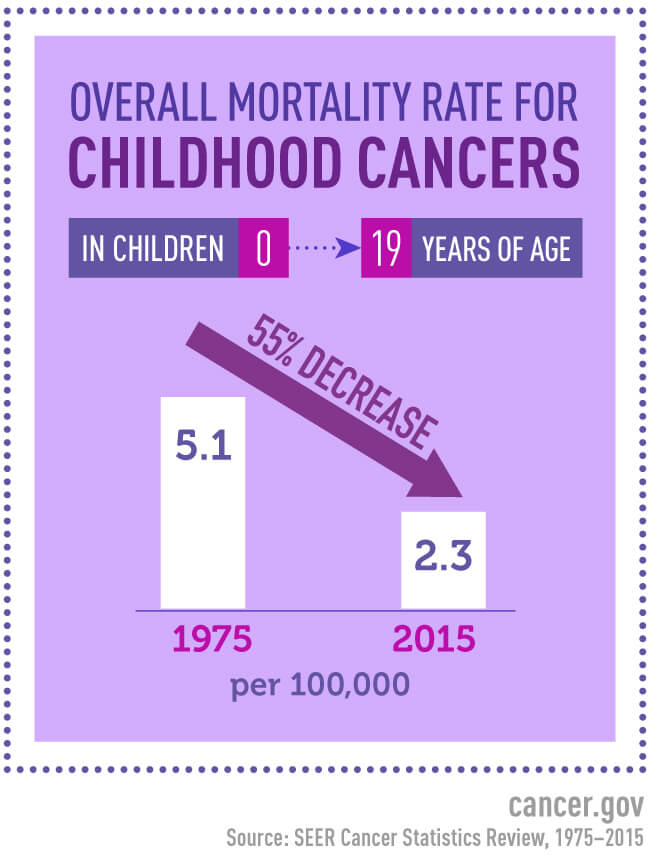Prevention and Screening Drive Drop in Cancer Deaths

×
Annual Report to the Nation on the Status of Cancer, Part 1

×
Cancer Trends Progress Report: Sun-Protective Behavior
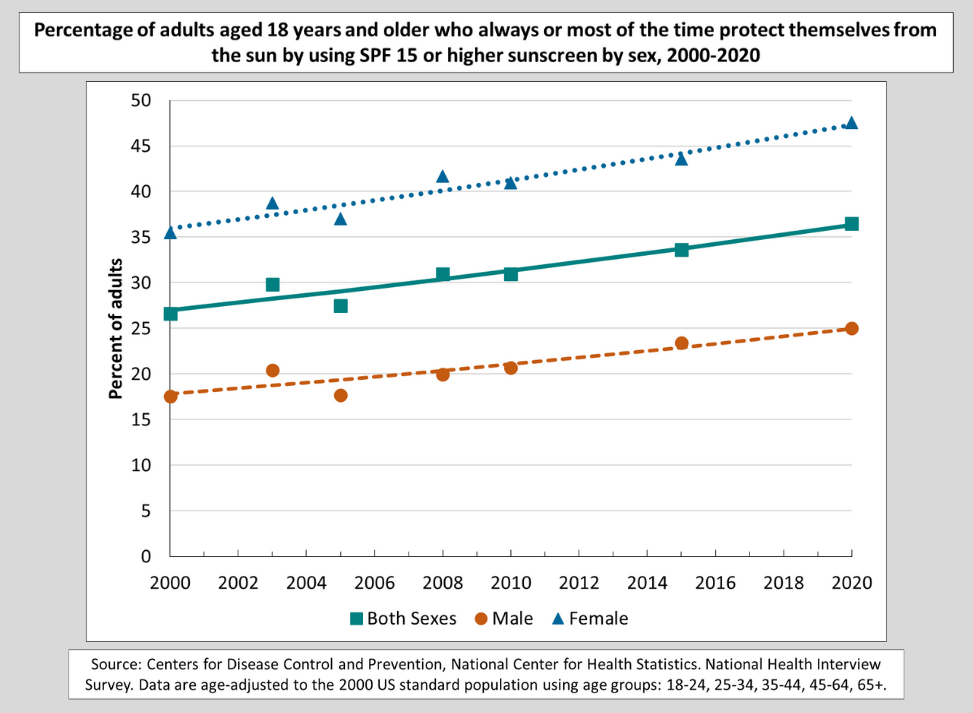
×
HINTS Brief 48: Clinical Trial Participation Among U.S. Adults
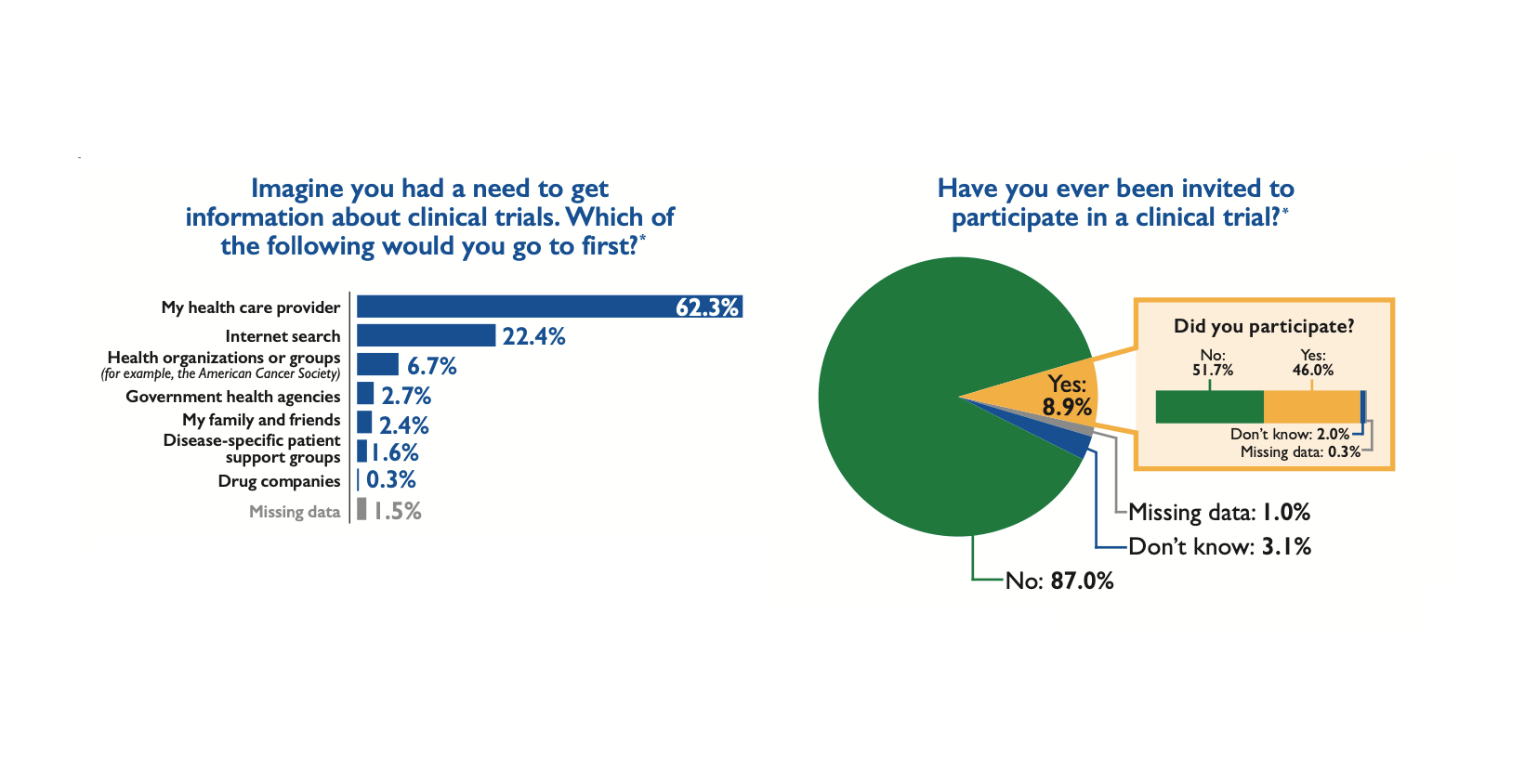
×
Annual Report to the Nation Part 2
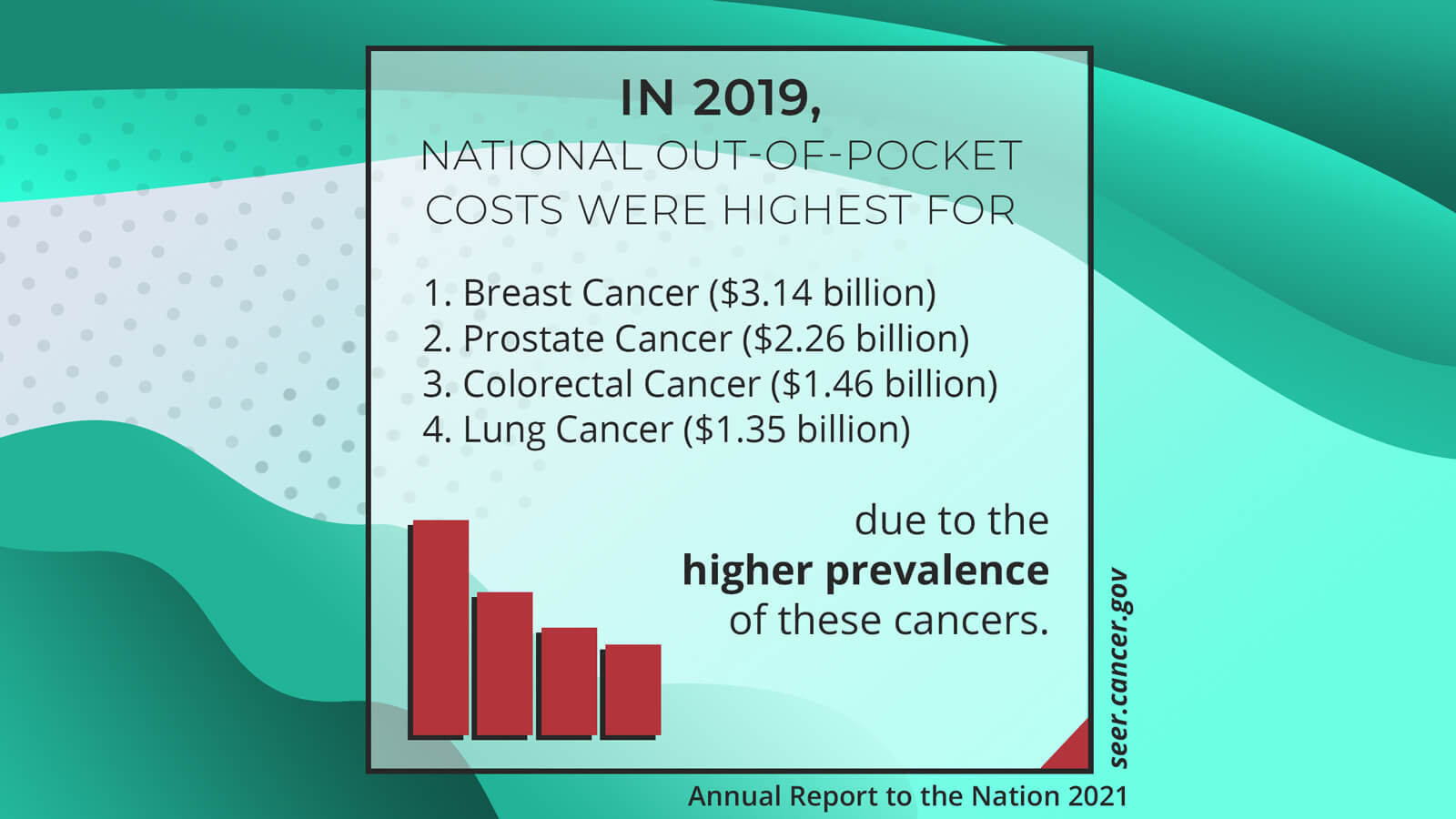
×
Percentage of Adults Aged 50-75 Years Who Were Up-to-Date with Colorectal Cancer Screening, Both Sexes, 2000-2019
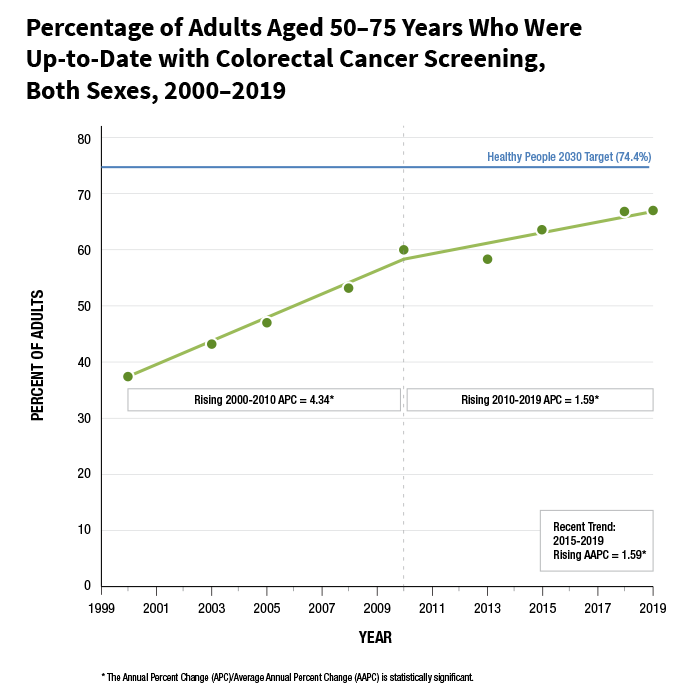
×
Annual Report to the Nation on the Status of Cancer
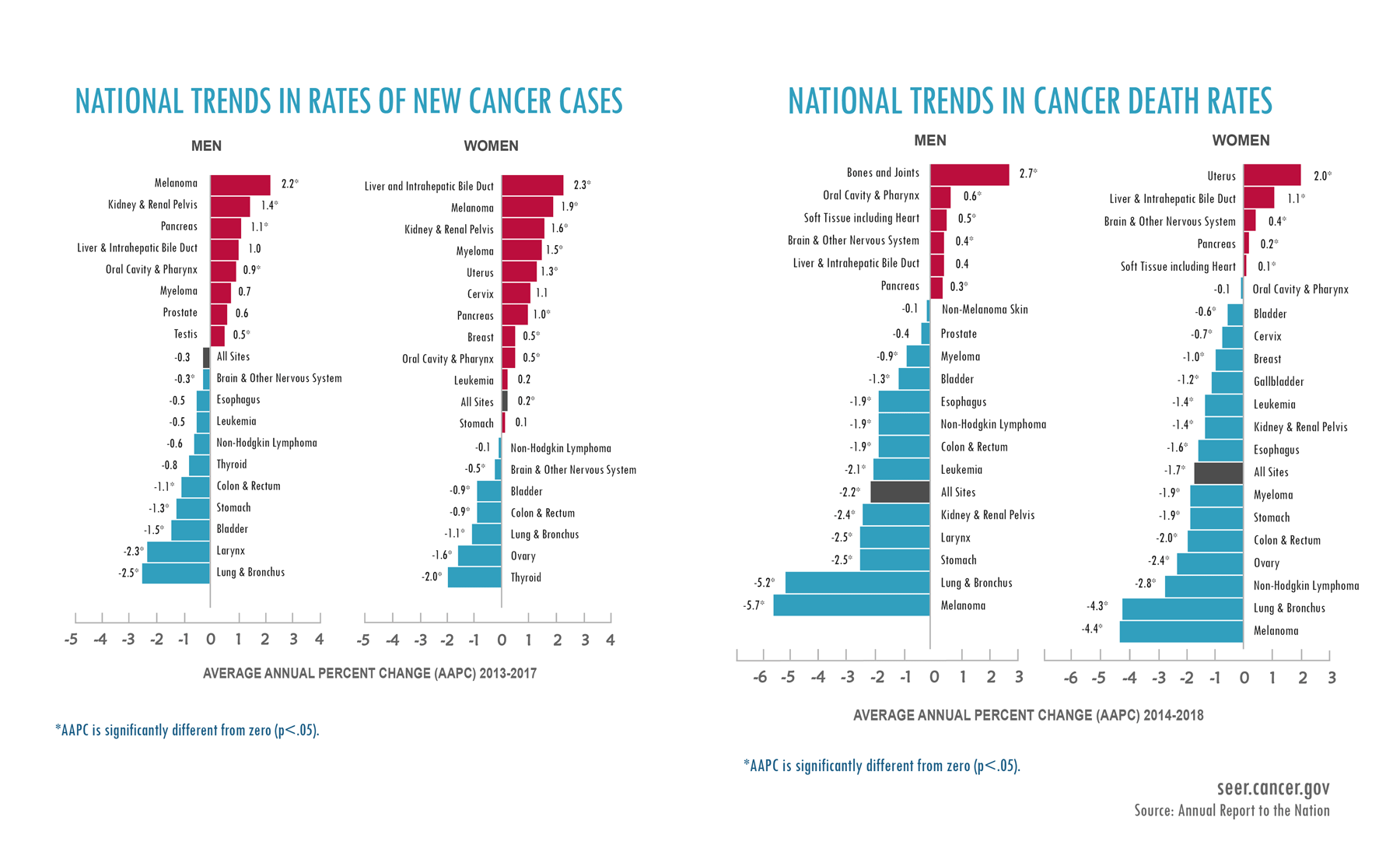
×
Persistent Poverty and Cancer Mortality Rates: An Analysis of County-level Poverty Designations
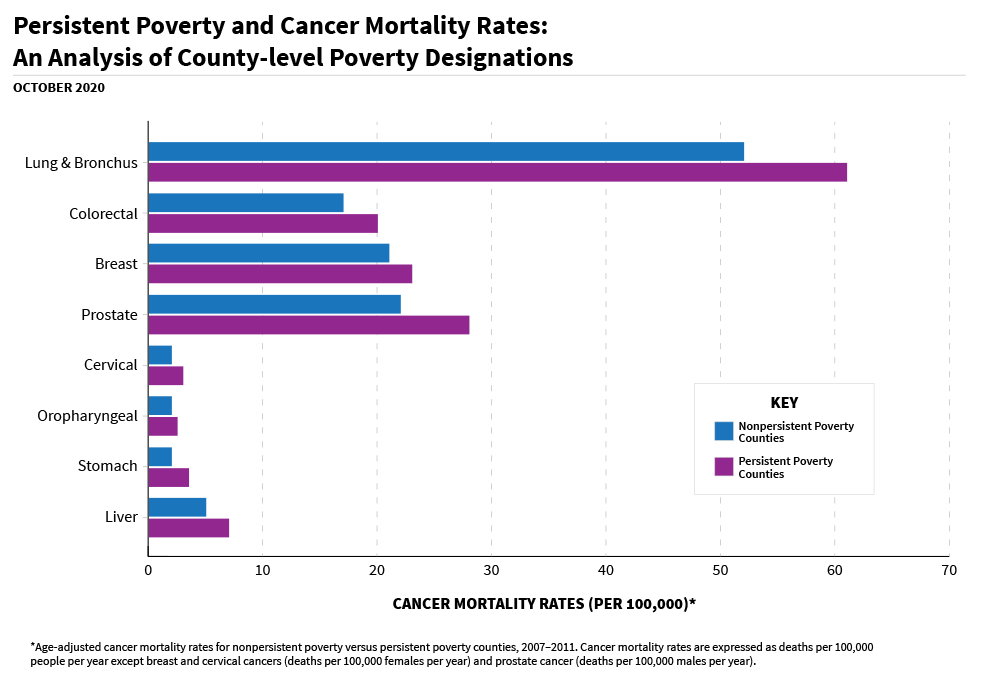
×
Cancer Stat Facts: Cancer Among Adolescents and Young Adults (AYAs) (Ages 15–39)
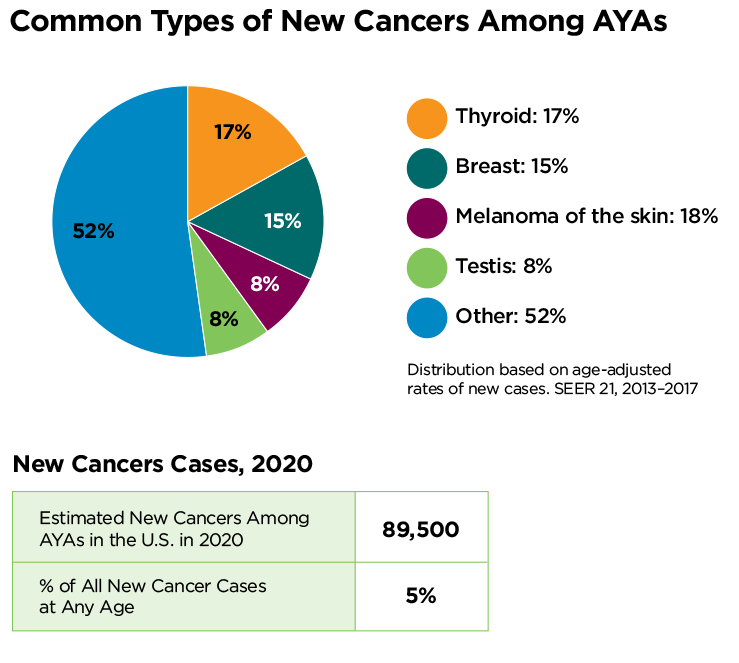
×
Non-Small Cell Lung Cancer (NSCLC) Survival Trends by Race-ethnicity and Gender, SEER-18 excluding Alaska. 2001-2016.
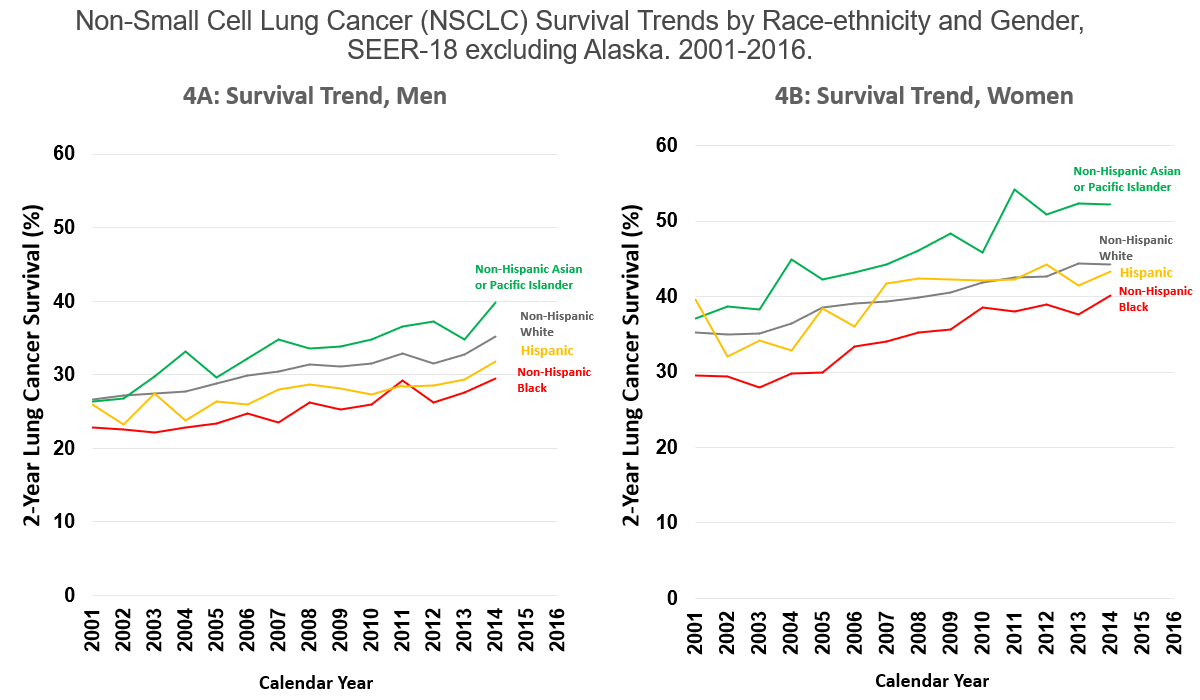
×
Non-Small Cell Lung Cancer (NSCLC) Survival Trends by Race-ethnicity and Gender, SEER-18 excluding Alaska. 2001-2016.
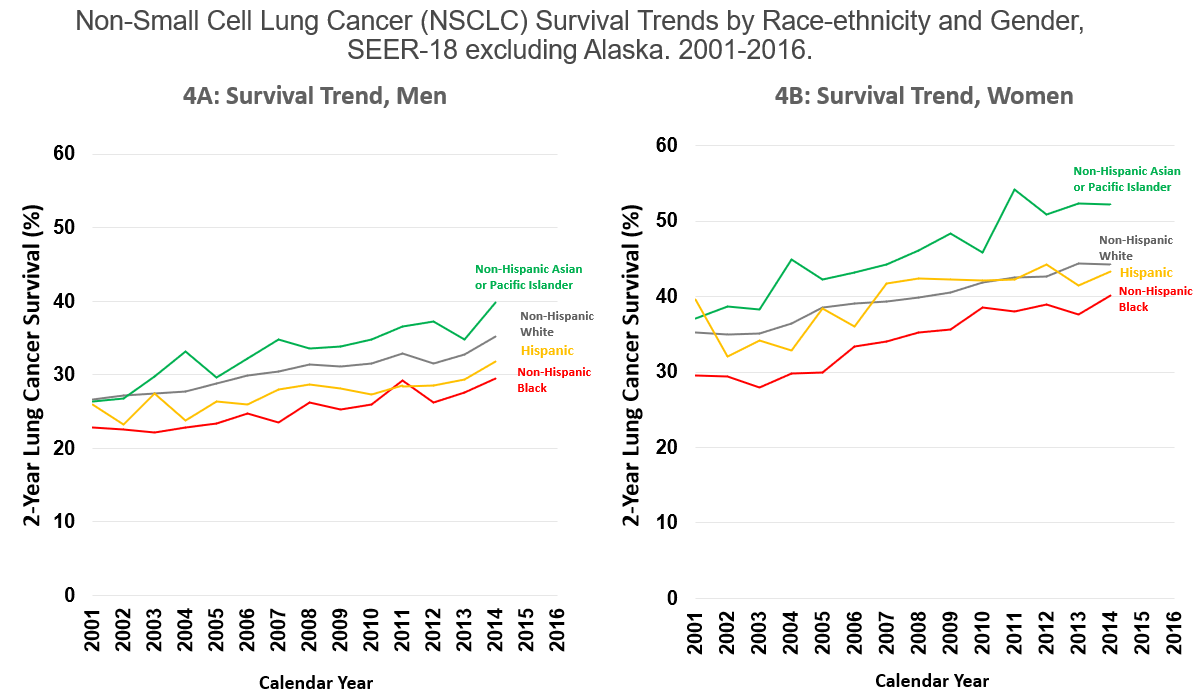
×
Annual Report to the Nation on the Status of Cancer

×
Implementation Science Centers (P50s)
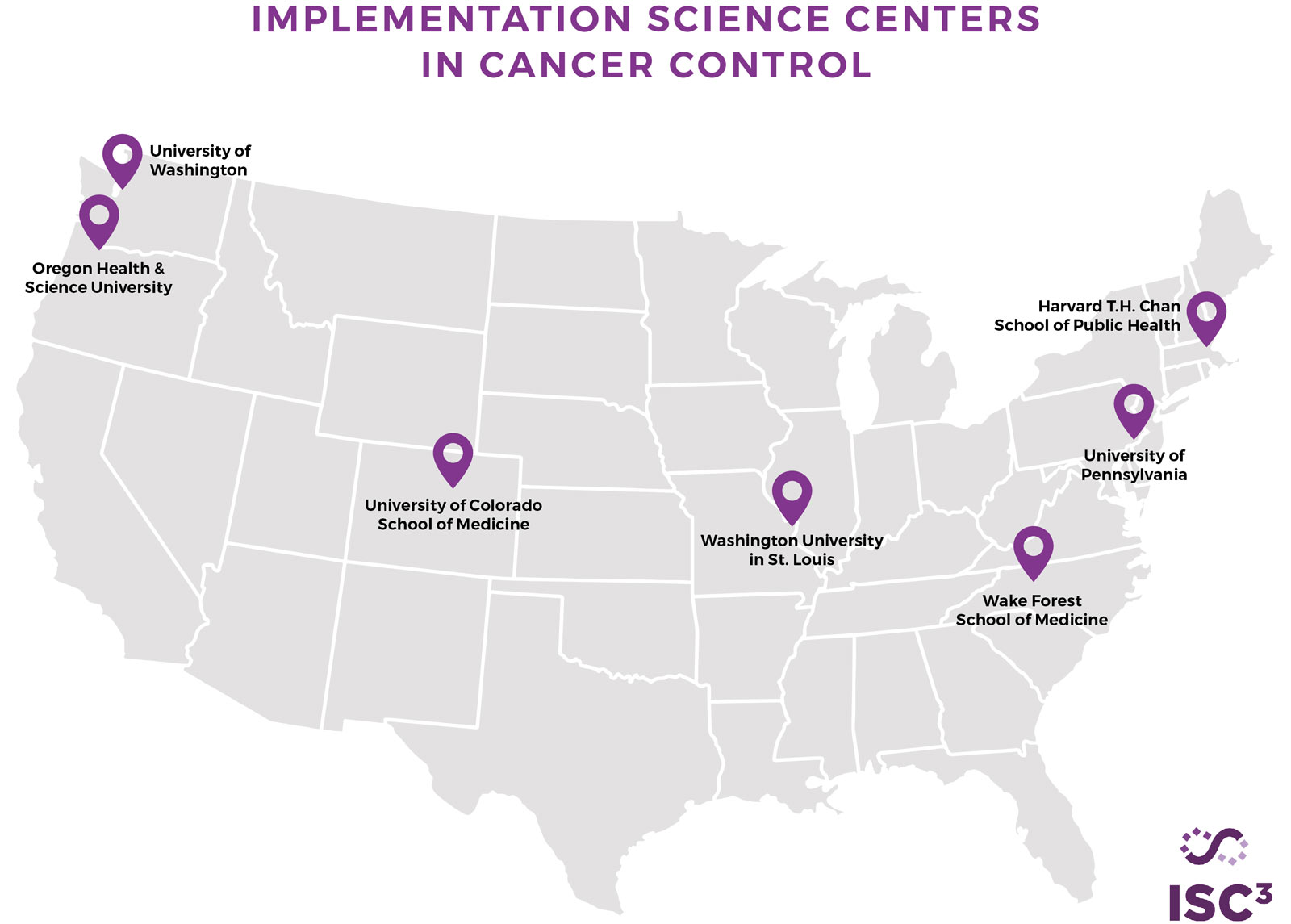
×
Awareness of Palliative Care among U.S. adults
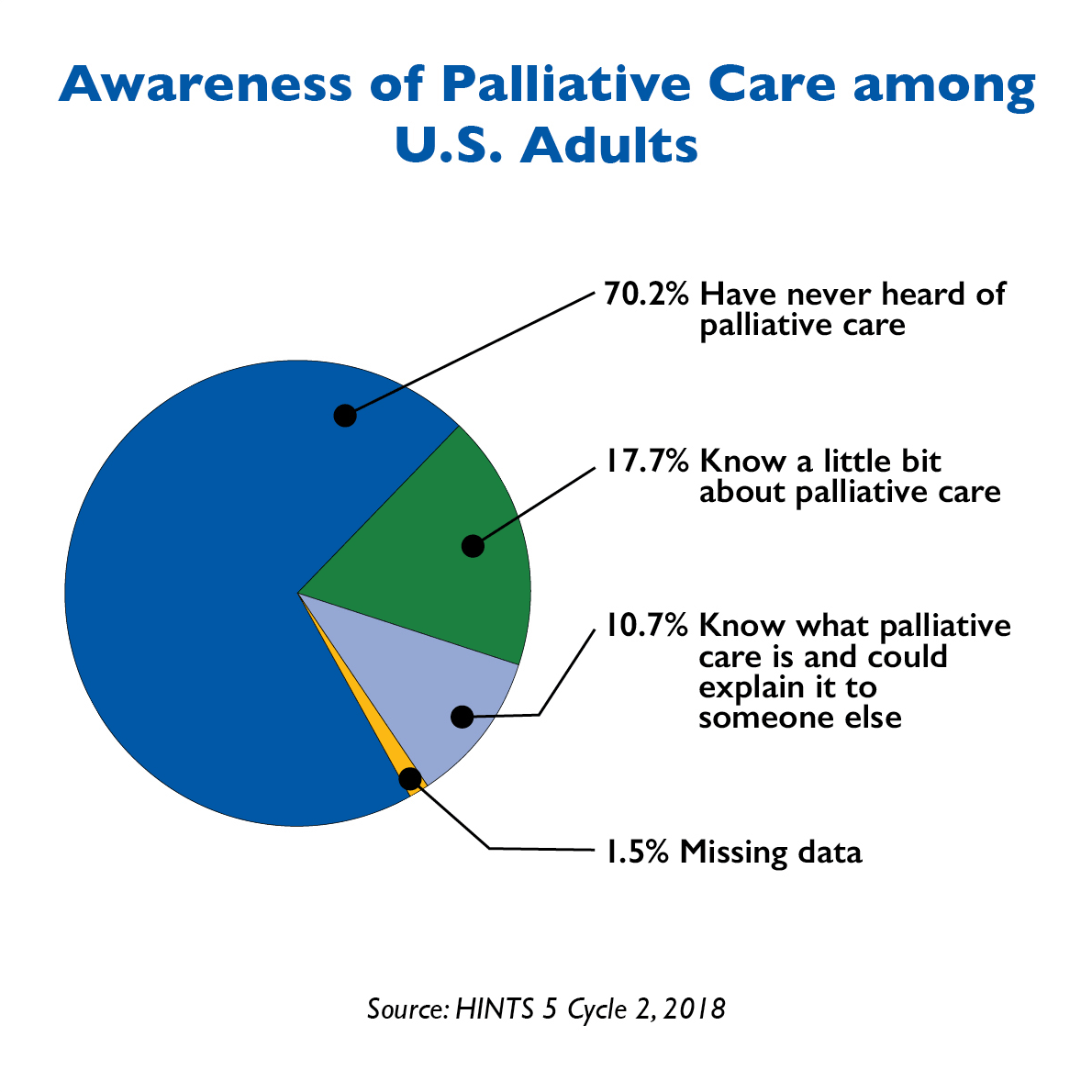
×
Rates of New Cancer Cases and Deaths
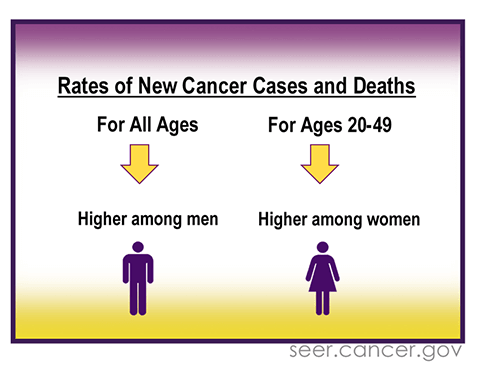
×
Percentage of nonsmokers aged 3 to 11 years old, exposed to secondhand smoke between 1988 and 2014
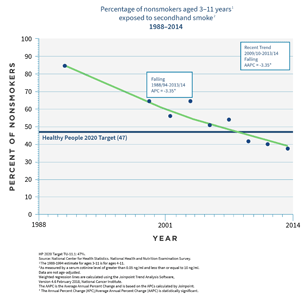
×
Which of the following health conditions do you think can result from drinking too much alcohol?
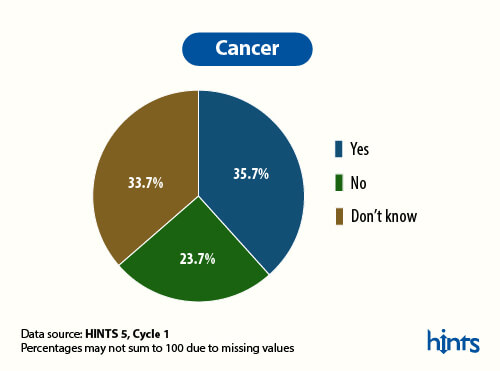
×
Tobacco Use & Lung Cancer

×
Five-Year Survival for Selected Cancers Among Children
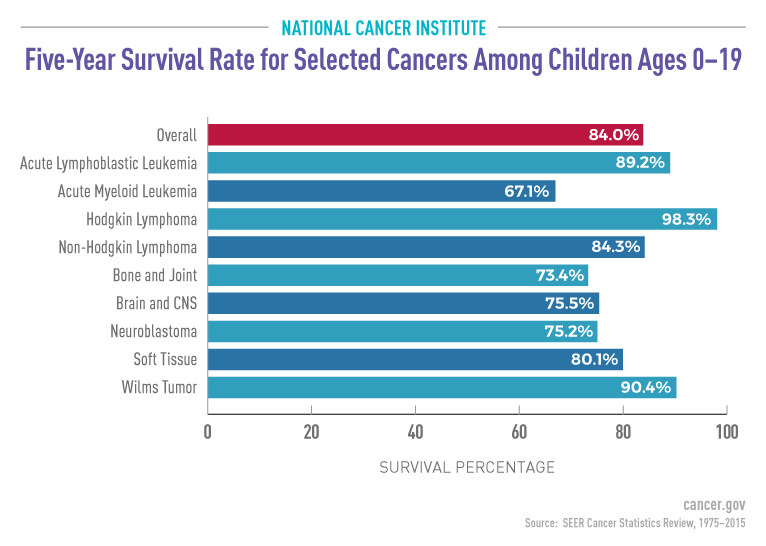
×
Overall Mortality Rate for Childhood Cancer
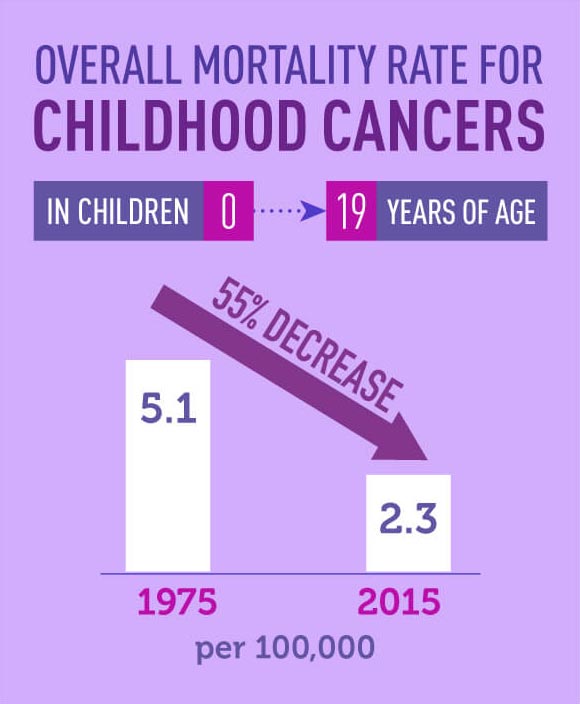
×
National Trends for Childhood Cancers (Age 0-19)
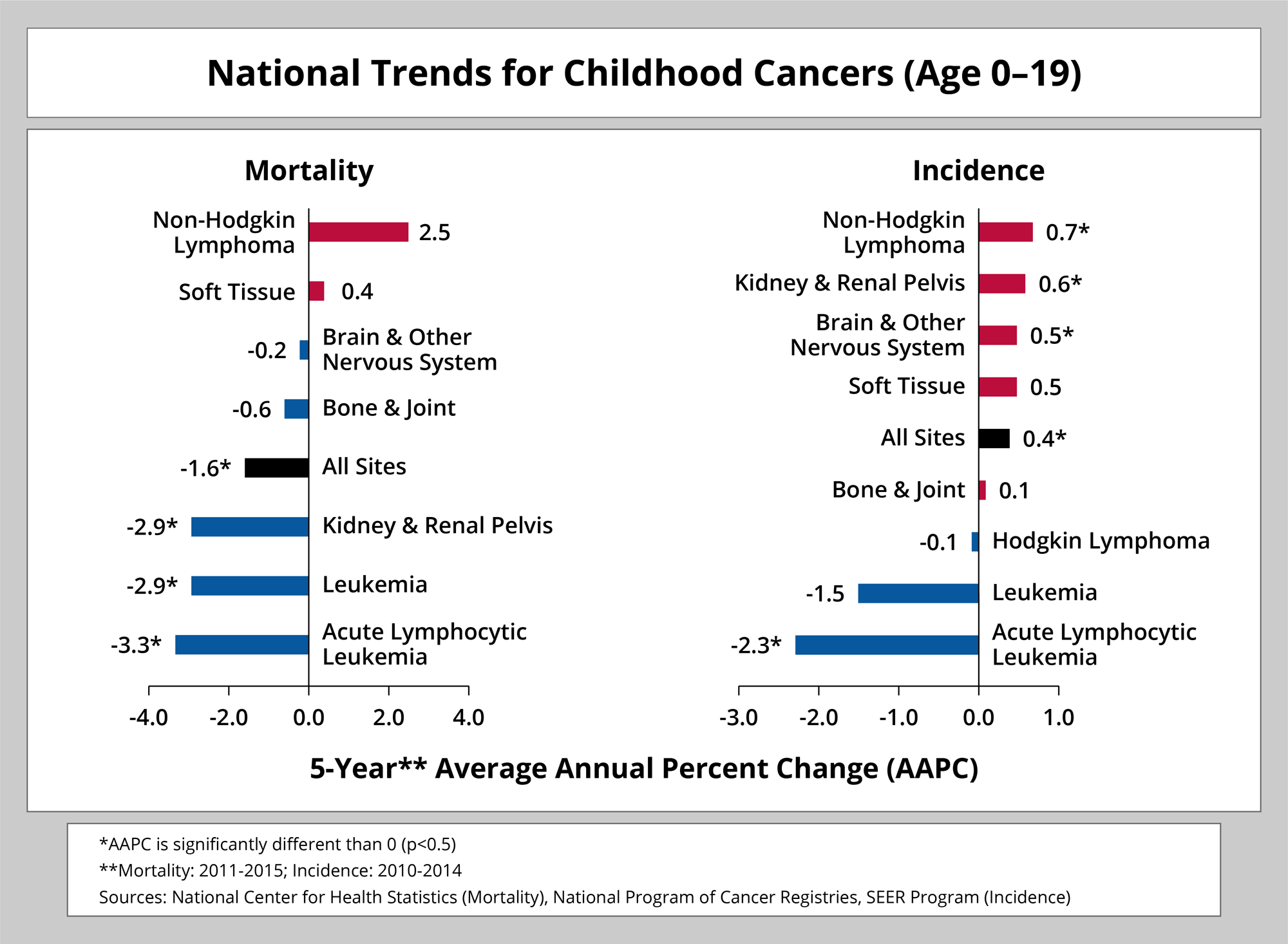
×
5-Year Survival Rates for 2007 – 2013 for Stage I of the Most Common Cancers

×
National Incidence Trends
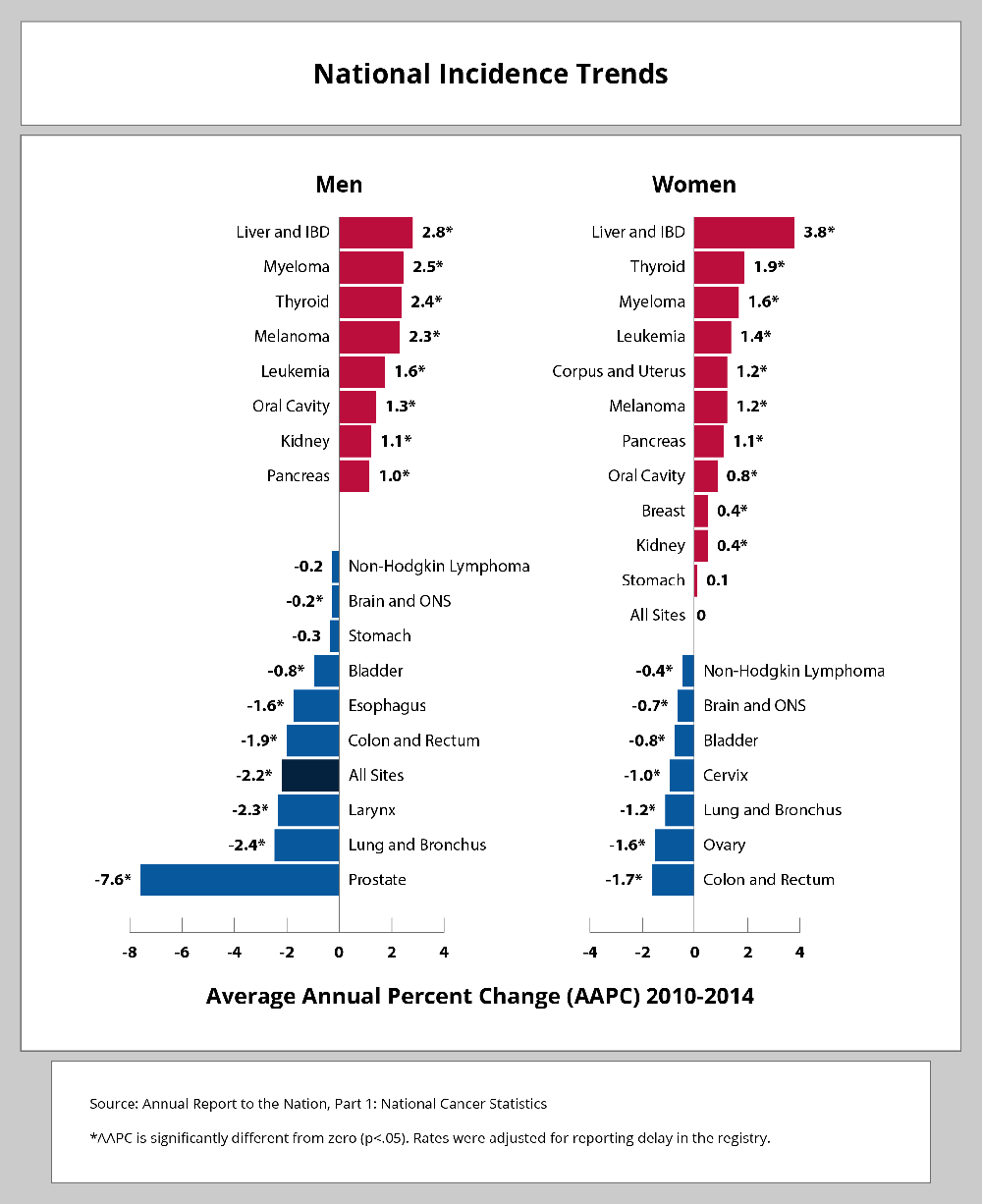
×
Colorectal Test Use Rates for Adults Aged 50-75 Years, Both Sexes, 2000-2015
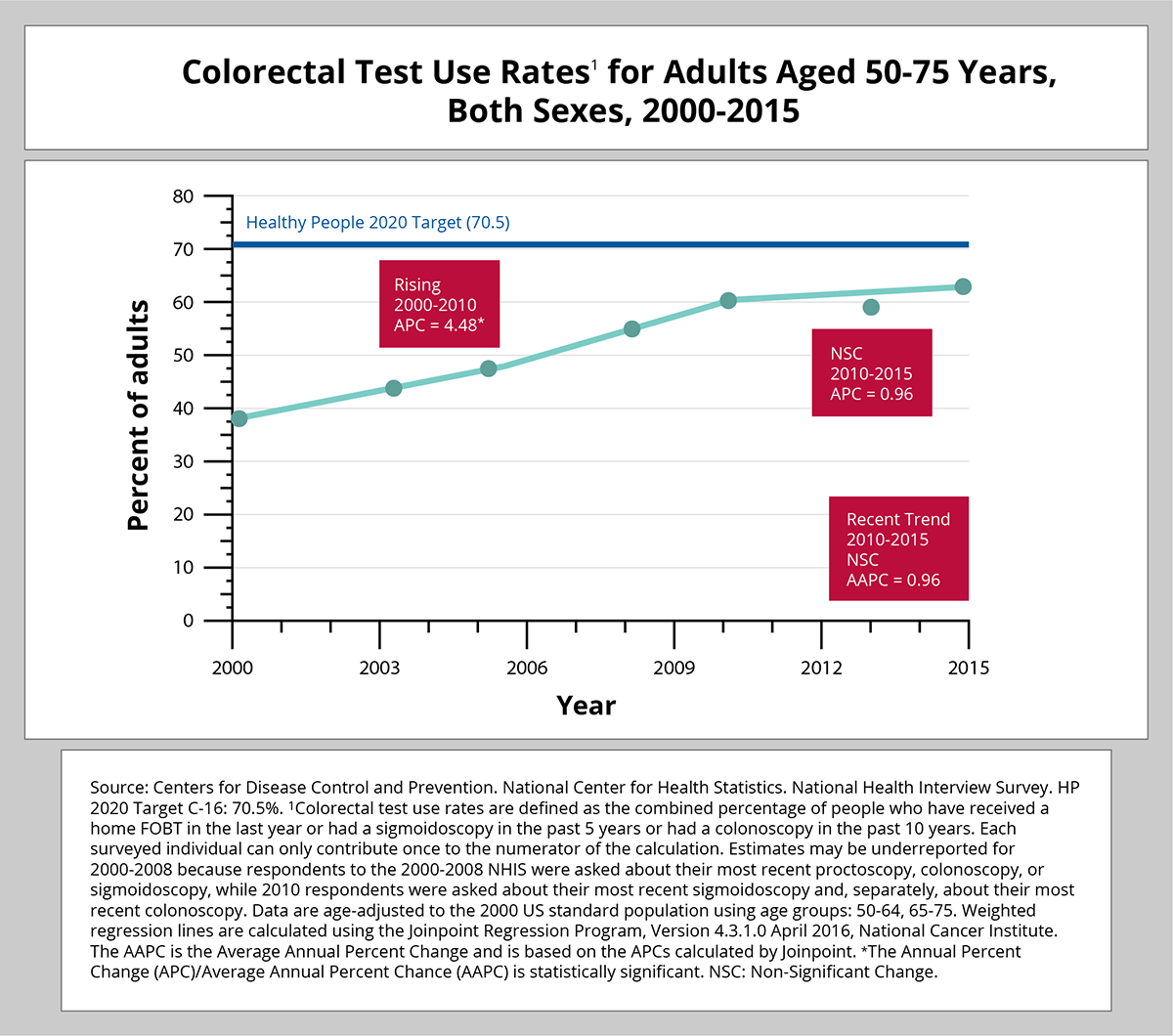
×
Smoke-free Air Law Coverage By State (2017)
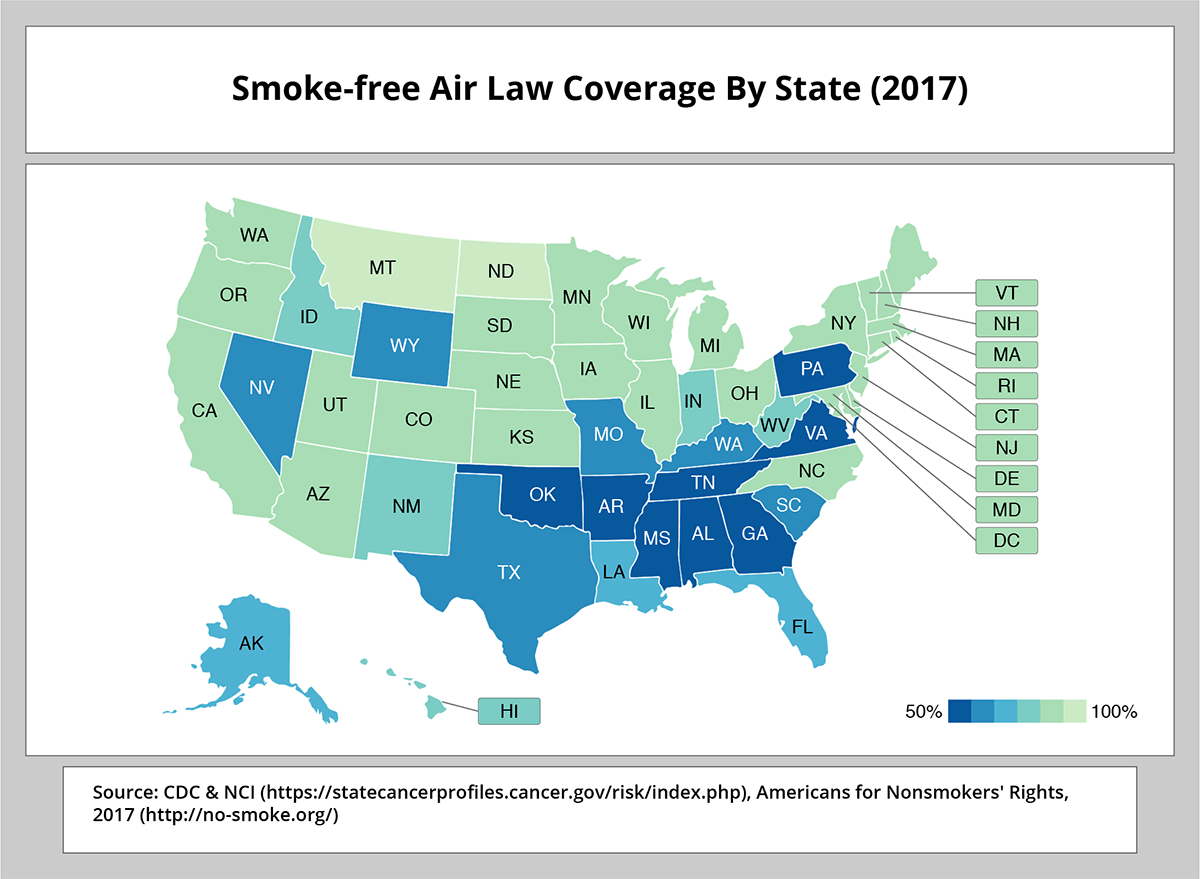
×
Cervical Cancer Trends: New Cases & Death Rates, 1992-2014
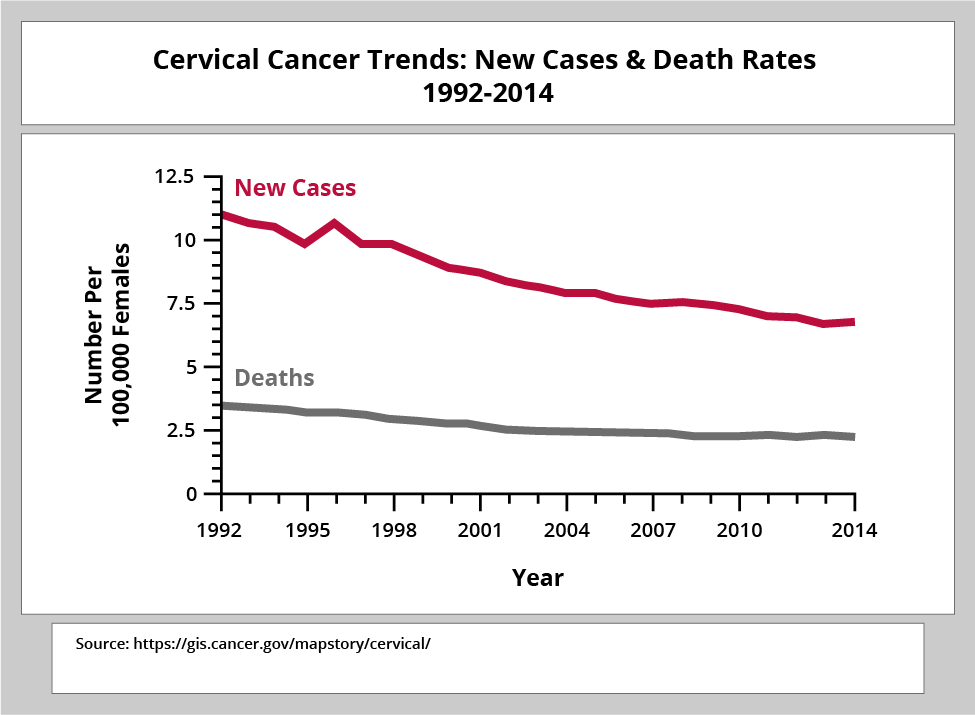
×
Monograph 22: A Socioecological Approach to Addressing Tobacco-Related Health Disparities

×
Patient-Provider Discussions About Lung Cancer Screening Remain Infrequent
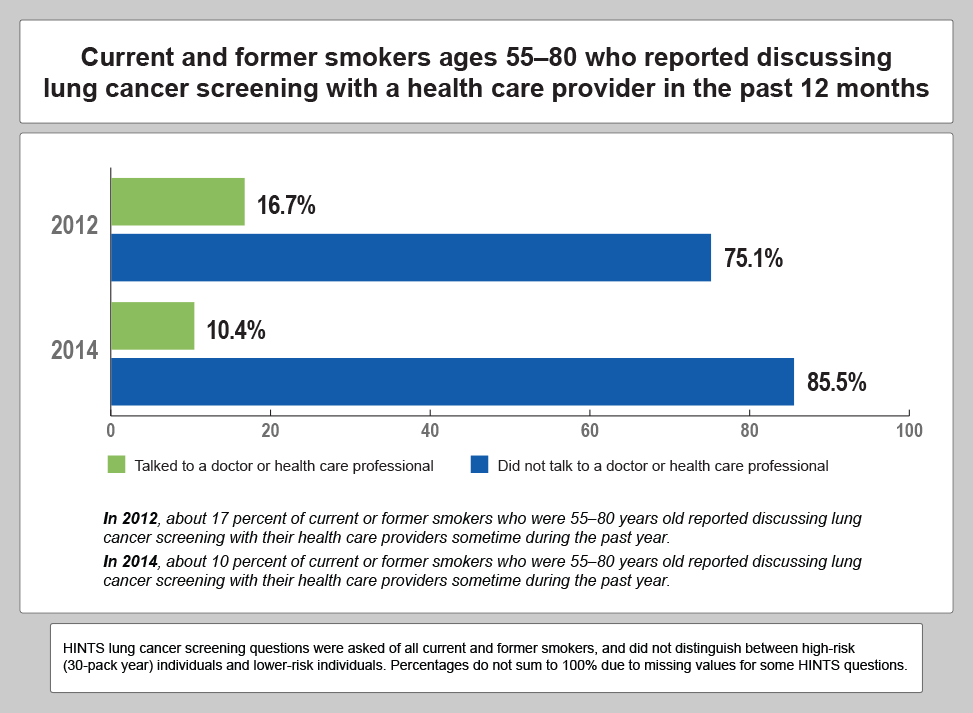
×
Annual Report to the Nation on the Status of Cancer, 1975-2014, Featuring Survival
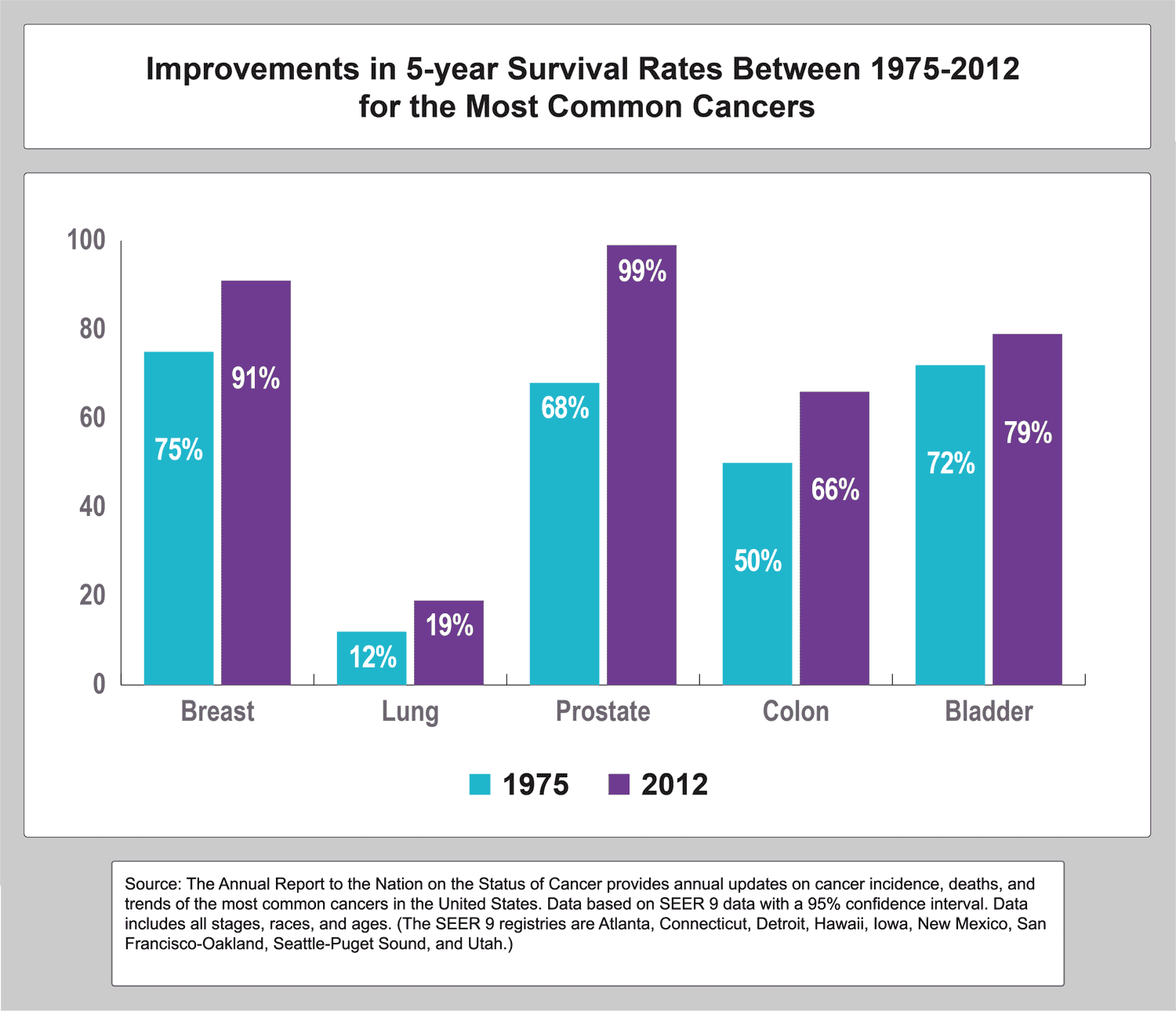
×
Cancer Trends Progress Report: Physical Activity Trends
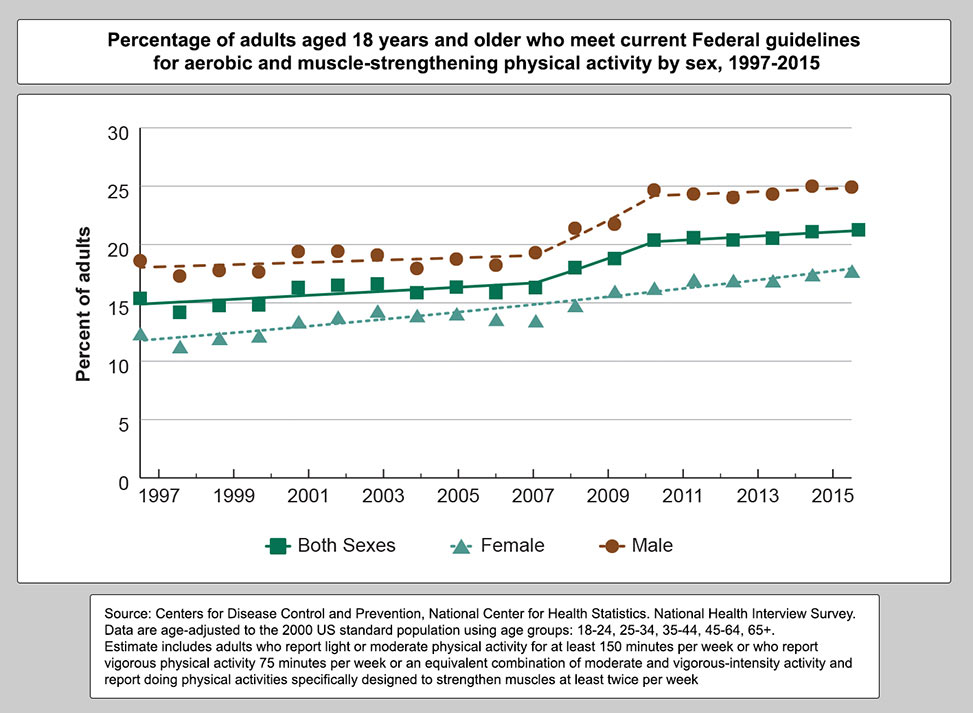
×
Age-Adjusted Incident Rates by State (2009 to 2013) Lung Cancer
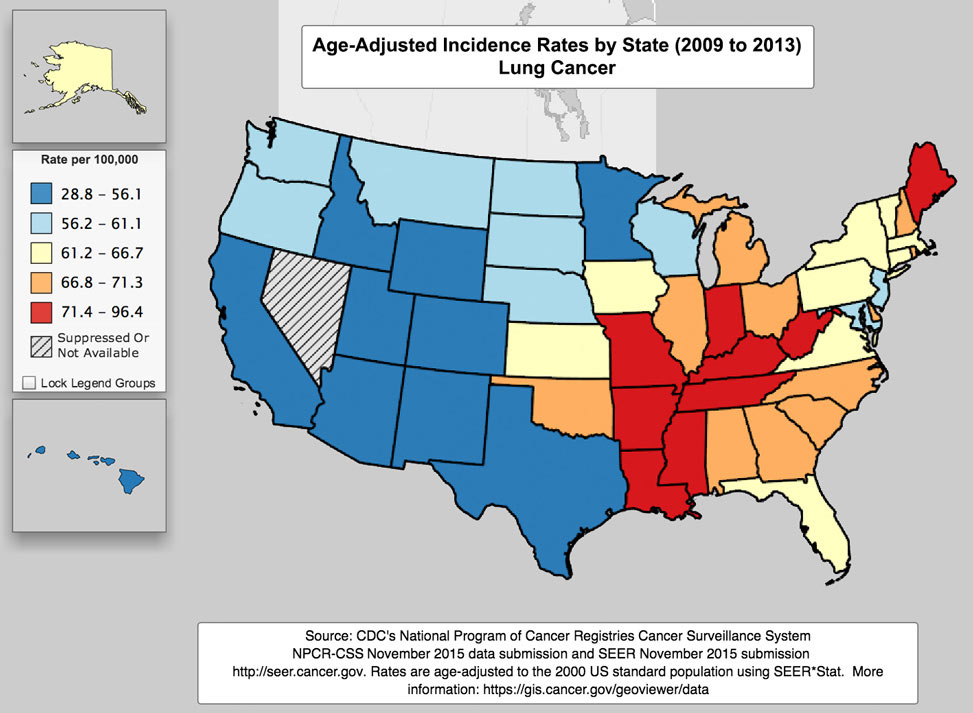
×
Estimated Number of Cancer Survivors in the U.S., by Site
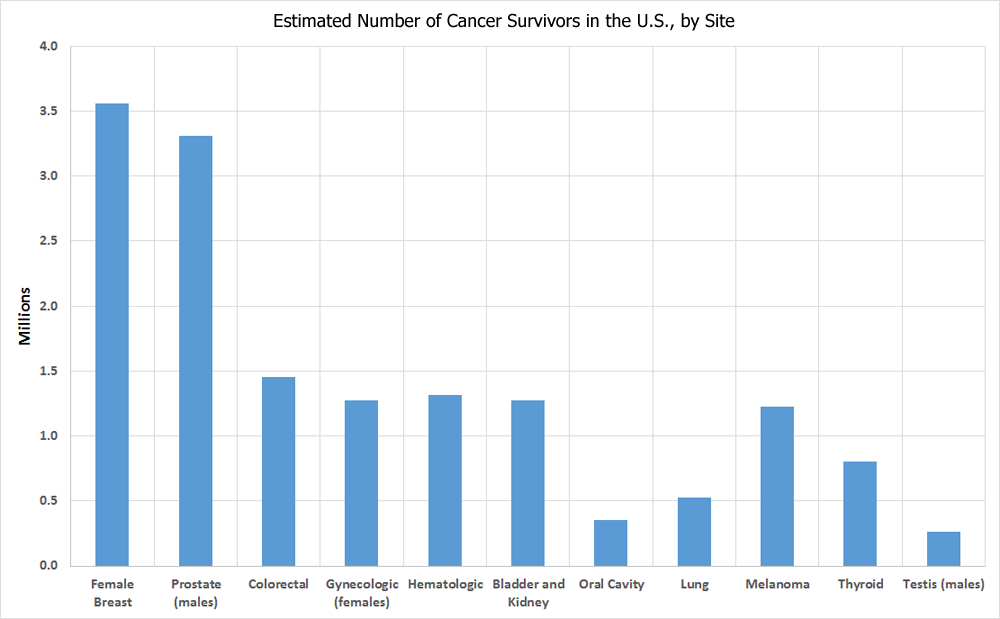
×
Female Breast Cancer Incidence

×
Number of New Cancer Cases & Deaths Each Year
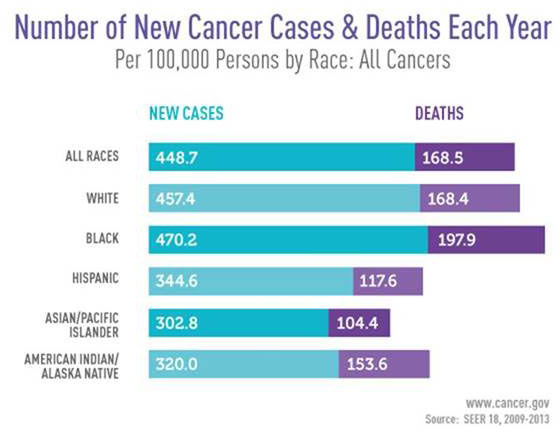
×
Estimated Cancer Prevalence by Age in the US Population from 1975 to 2040
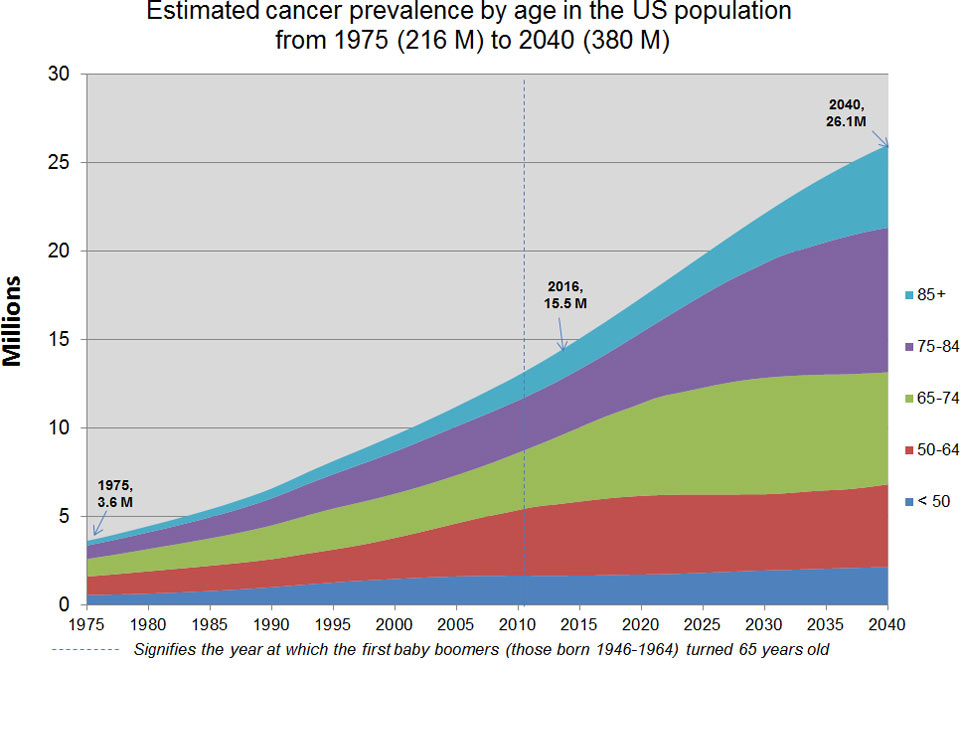
×
SEER Cancer Statistics Review (CSR) 1975-2013
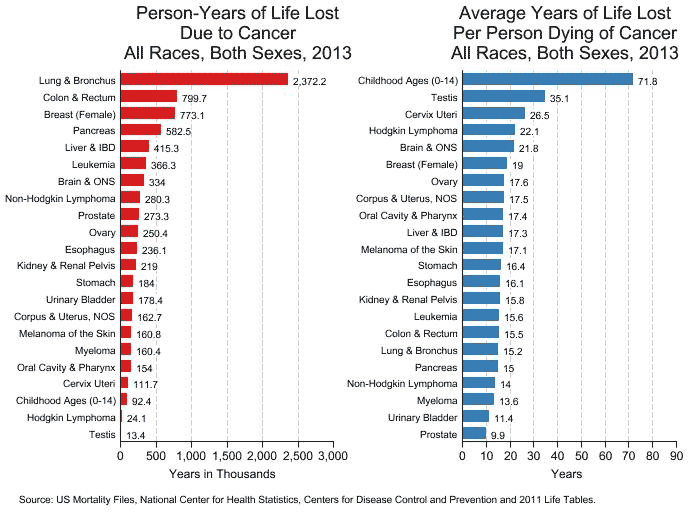
×
The Annual Report to the Nation on the Status of Cancer: Incidence Rates for Liver Cancer by Race/Ethnicity During 2008-2012
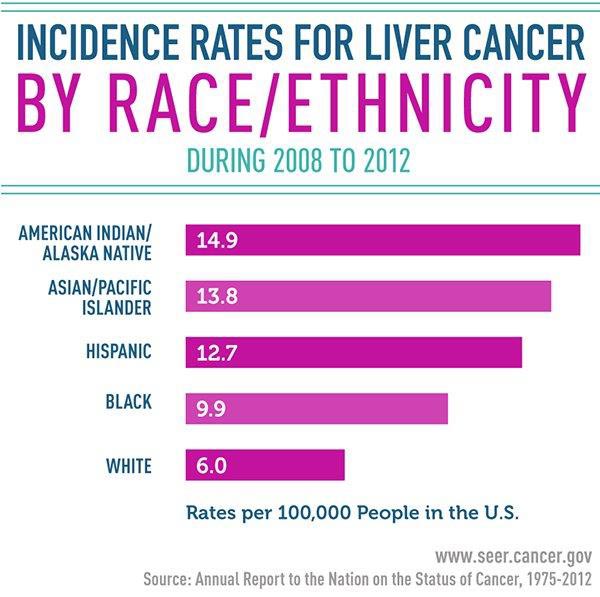
×
The Annual Report to the Nation on the Status of Cancer: Long-term mortality trends, based on AAPC, 2003-2012

×
Monitoring a Changing Health Information Environment
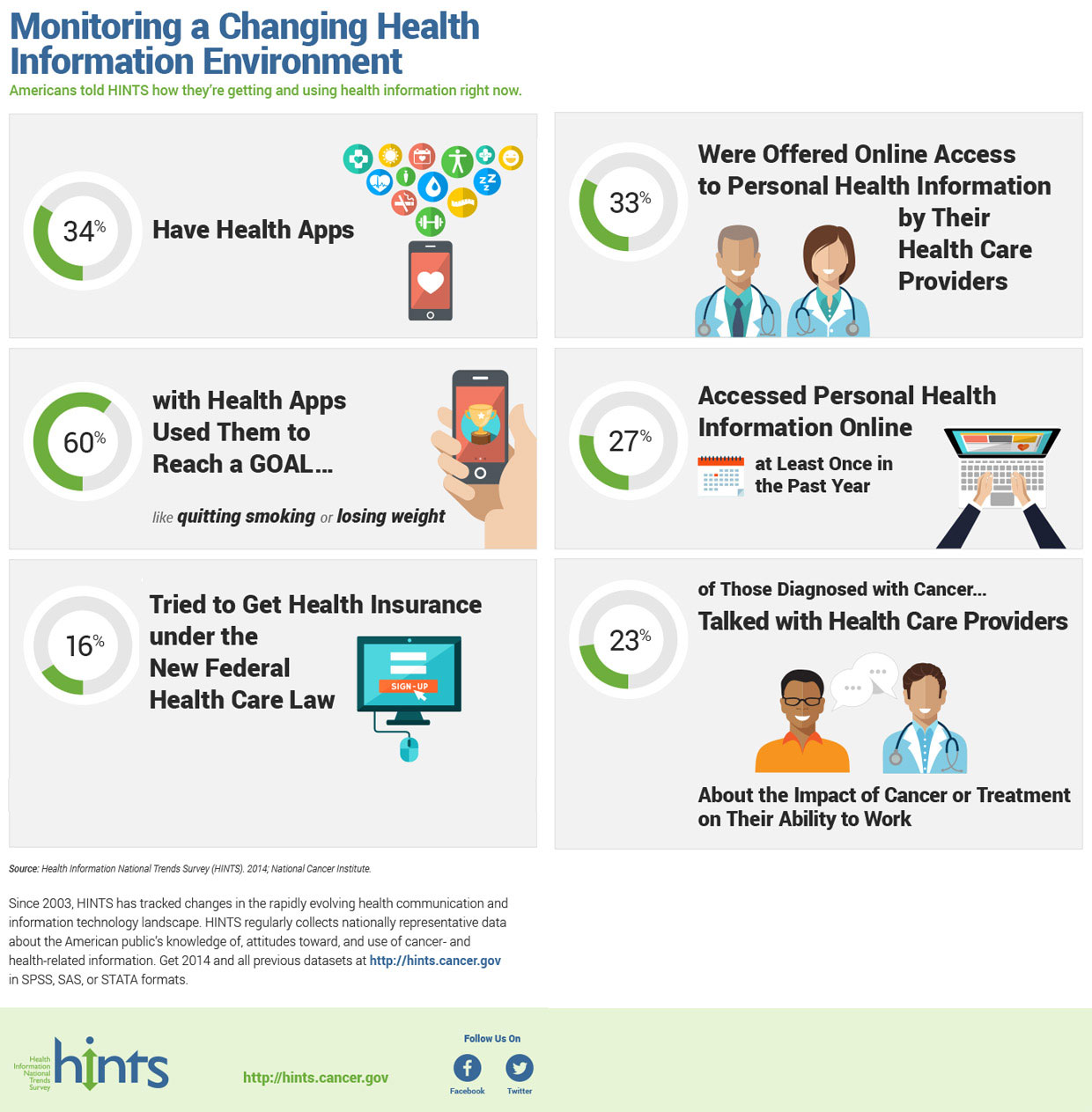
×
Up for a Challenge? Stimulating Innovation in Breast Cancer Genetic Epidemiology
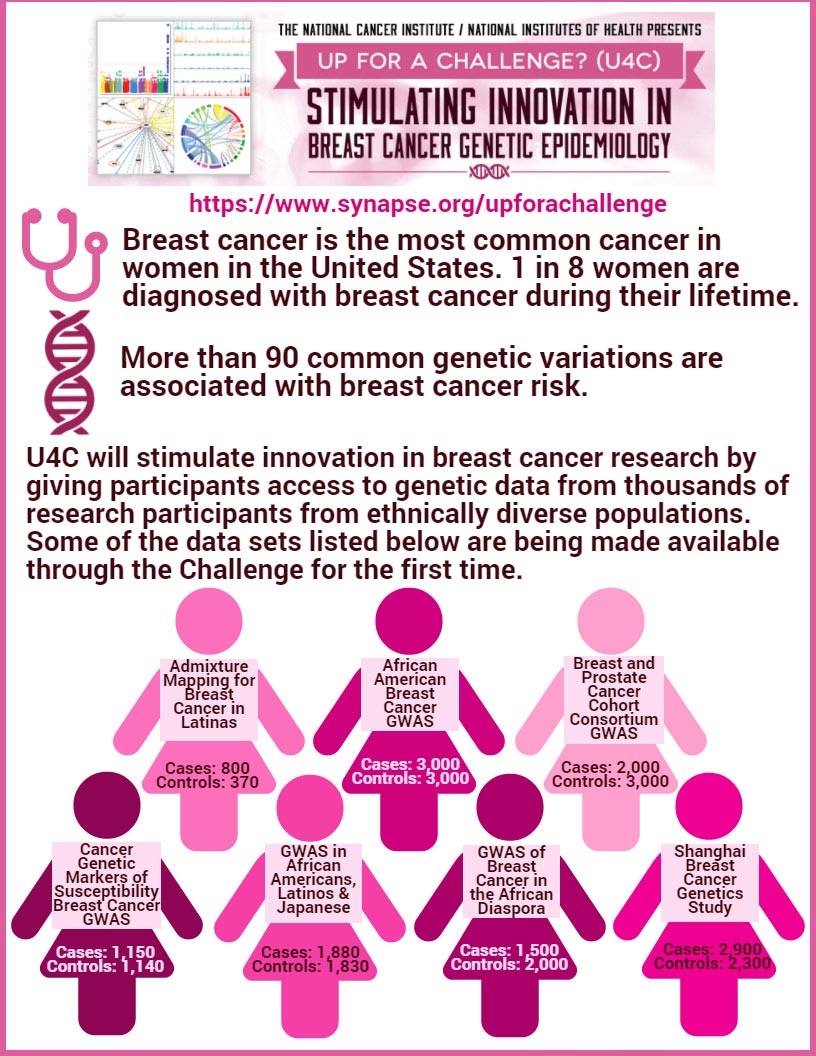
×
From NCI’s Annual Plan & Budget Proposal for Fiscal Year 2017

×
March 2015. Colorectal Cancer Incidence Rates 2007-2011
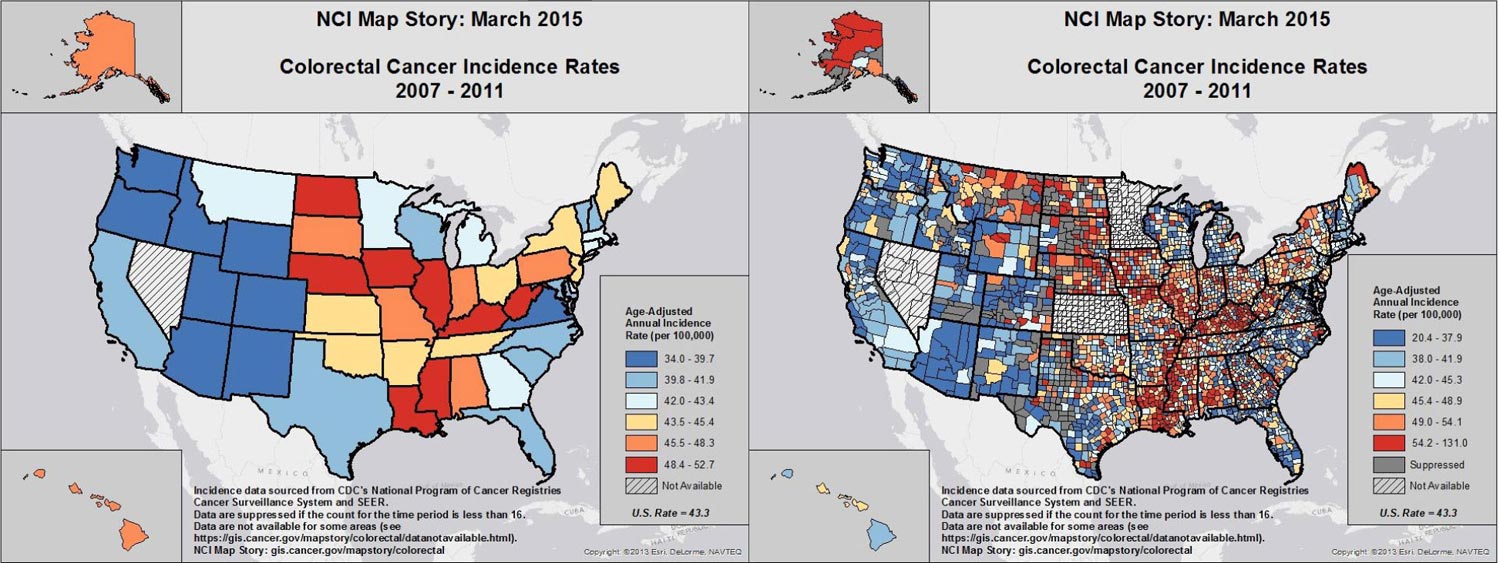
×
March 2015. Colorectal Cancer Screening Rates 2012

×
Annual Report to the Nation on the Status of Cancer, 1975-2011
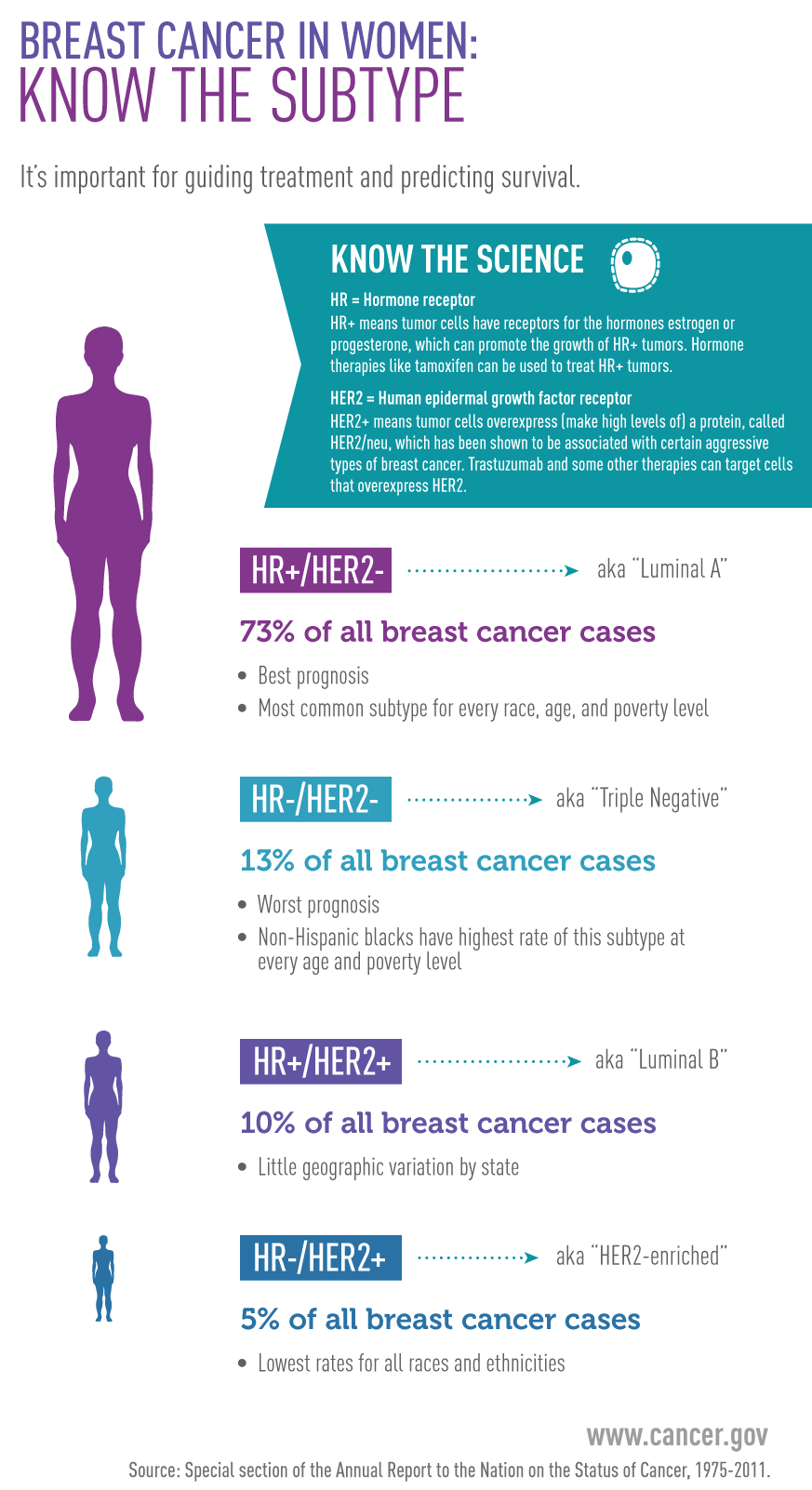
×
The Annual Report to the Nation on the Status of Cancer: Long-term mortality trends, based on AAPC, 2001-2011
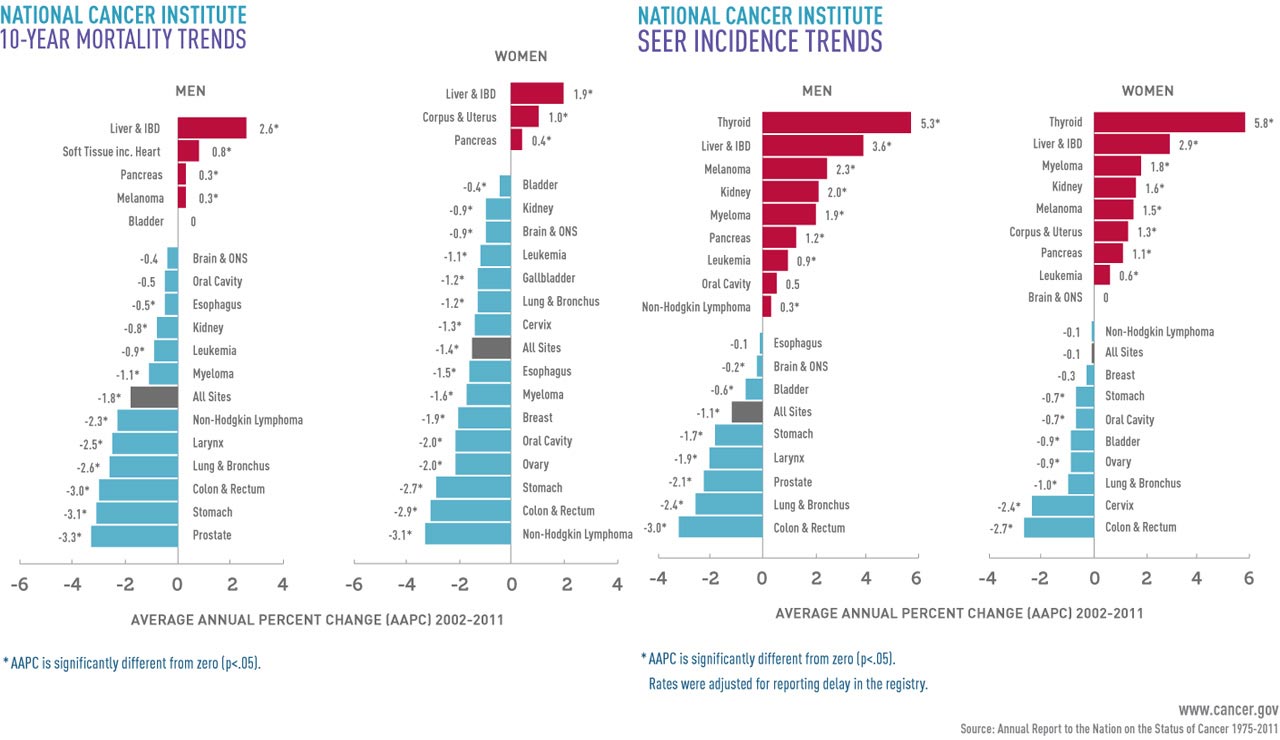
×
March 19, 2015: Percent of females aged 9-26 years who had received at least one dose of the HPV immunization by age, 2008-2010

×
December 9, 2014: Preventing Cancer through Increased Human Papillomavirus (HPV) Vaccine Uptake
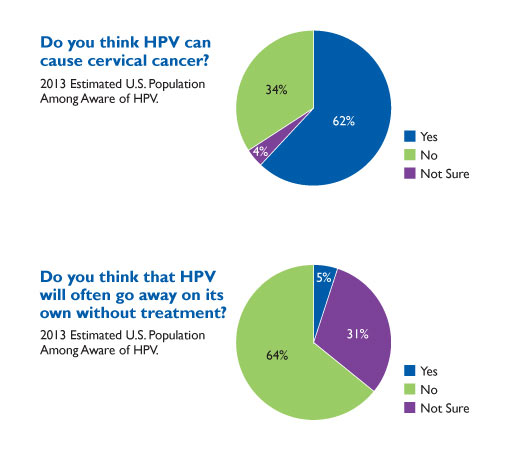
×
September 18, 2014: Cancer Prevalence and Cost of Care Projections
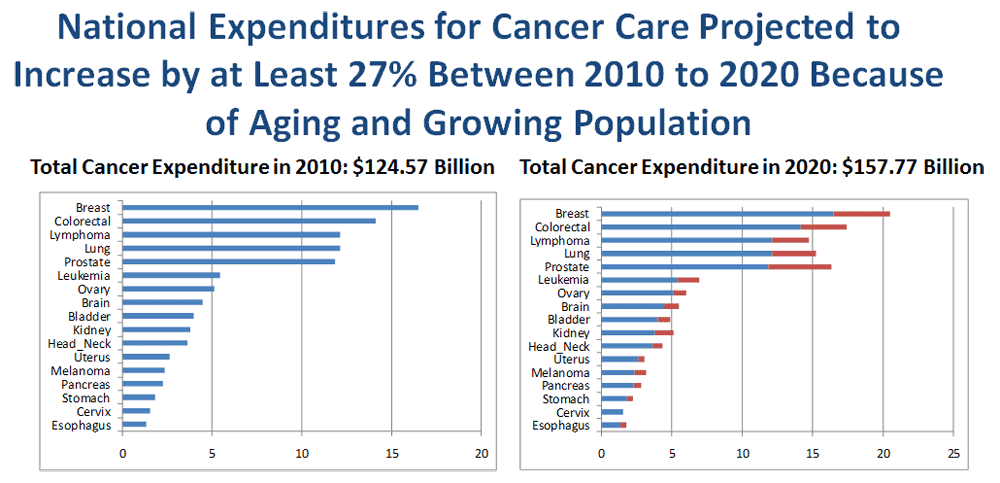
×
September 2, 2014: Smoothed age-adjusted death rates over time for colorectal cancer, using the Animated Historical Cancer tool.
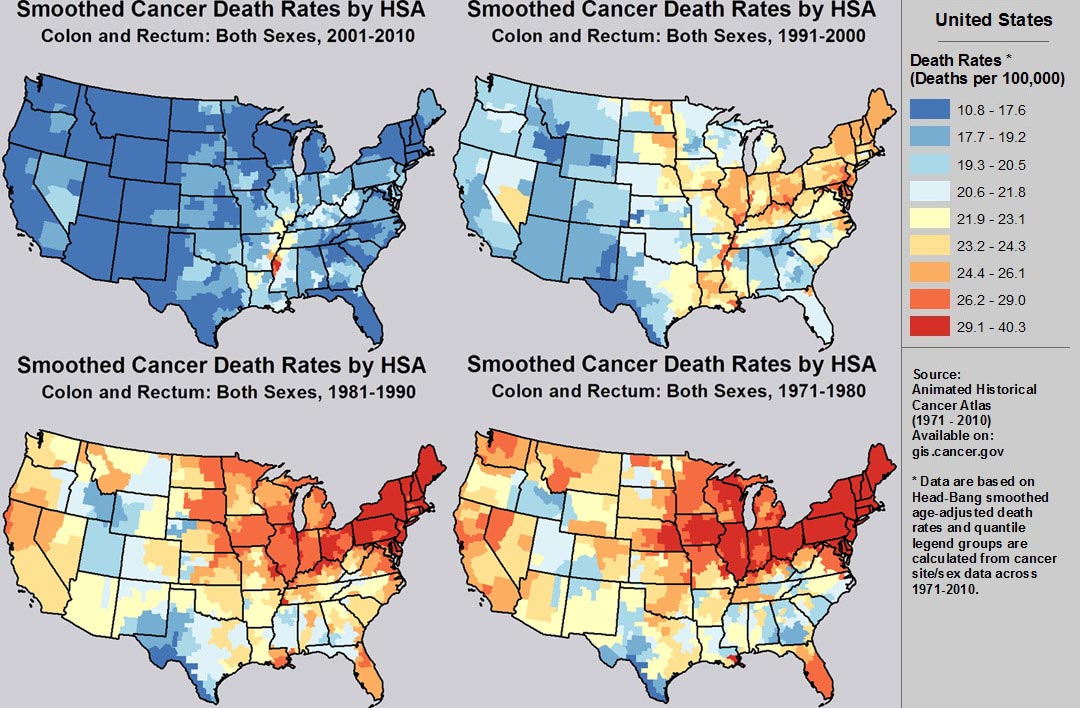
×
August 8, 2014: Breast Cancer Genomic Tests Application Type
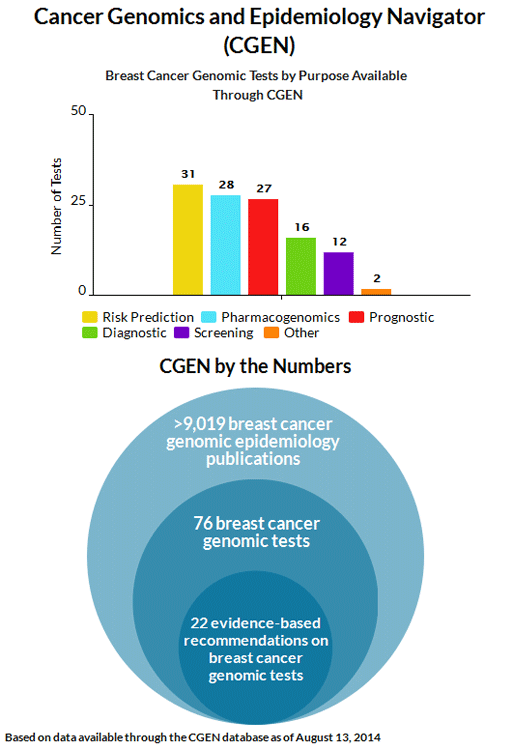
×
July 17, 2014: Policy Environment for Physical Education by State: Classification of Laws Associated with School Students (CLASS).

×
June 19, 2014: United States Average Global Solar Radiation / Percent of People Who Rarely or Never Wear Sunscreen When Outside On A Warm, Sunny Day
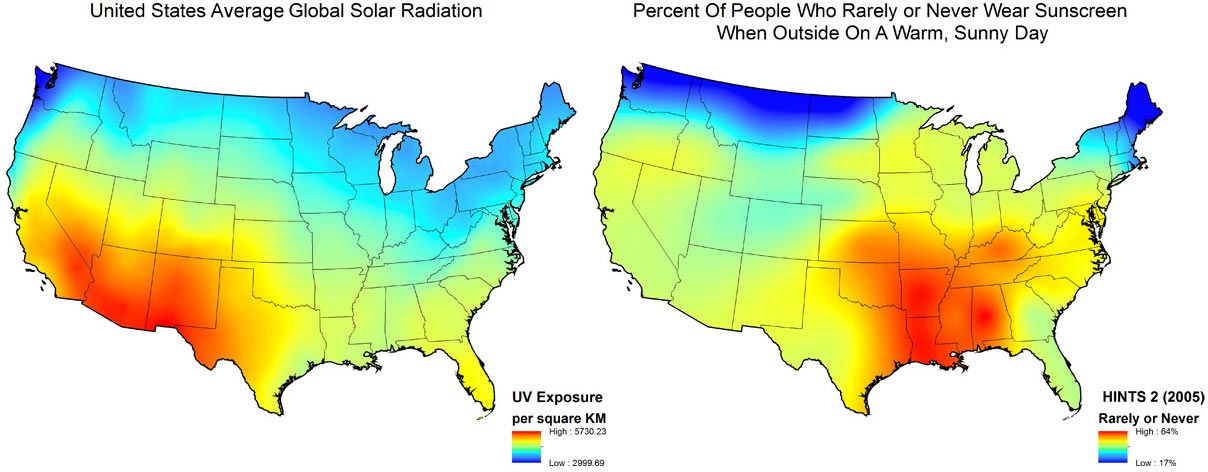
×
June 1, 2014: Estimated and Project Number Estimated and projected number of cancer survivors in the United States from 1977-2022 by years since diagnosis May 7, 2014 The NCI Director referred to this DCCPS graphic on aging and cancer in his testimony to the U.S. Senate on May 7, 2014

×
May 7, 2014: The NCI Director referred to this DCCPS graphic on aging and cancer in his testimony to the U.S. Senate on May 7, 2014.
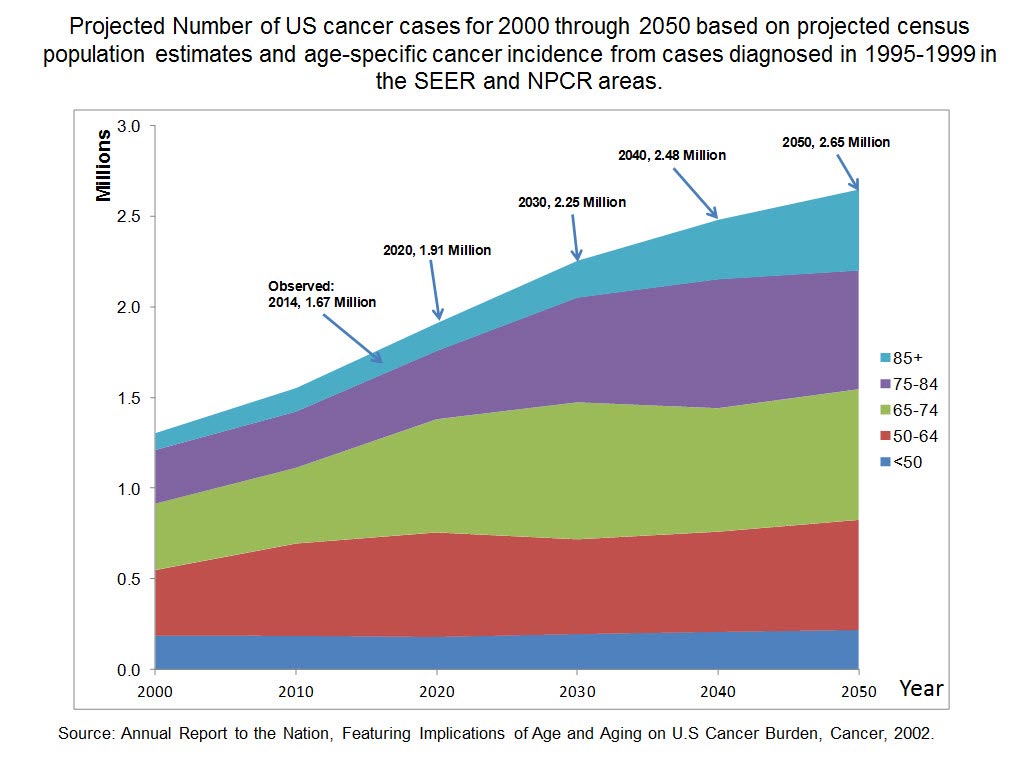
×


